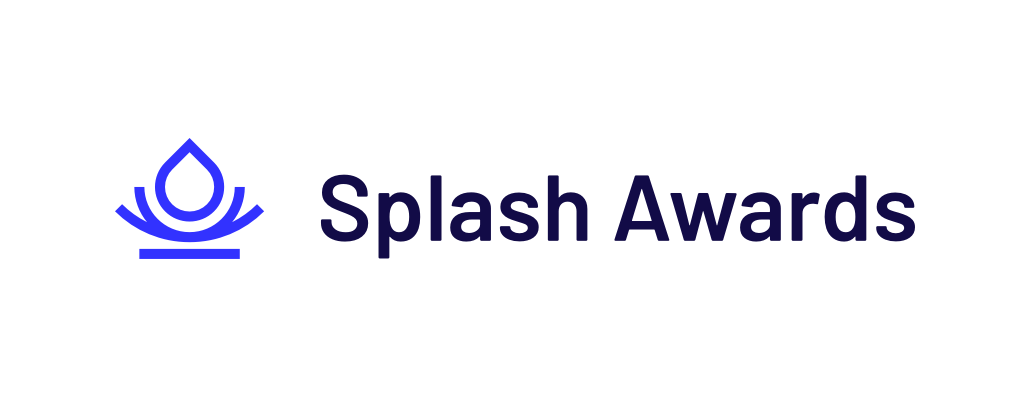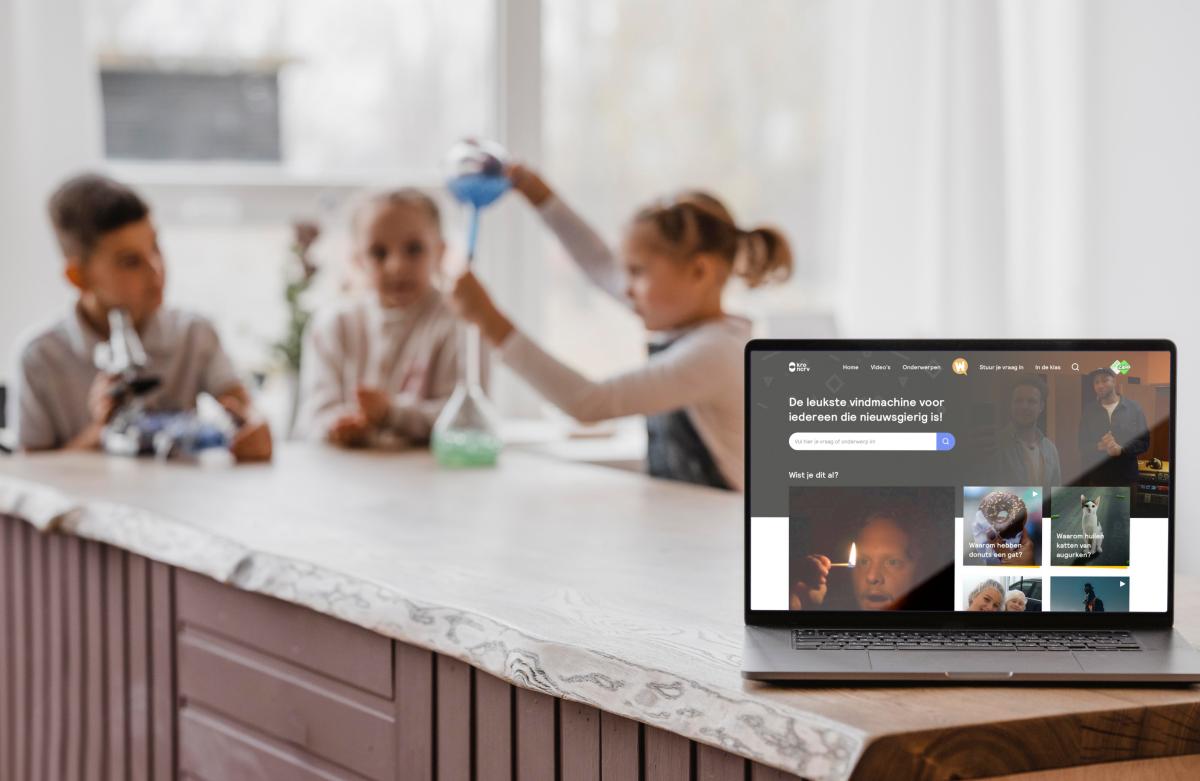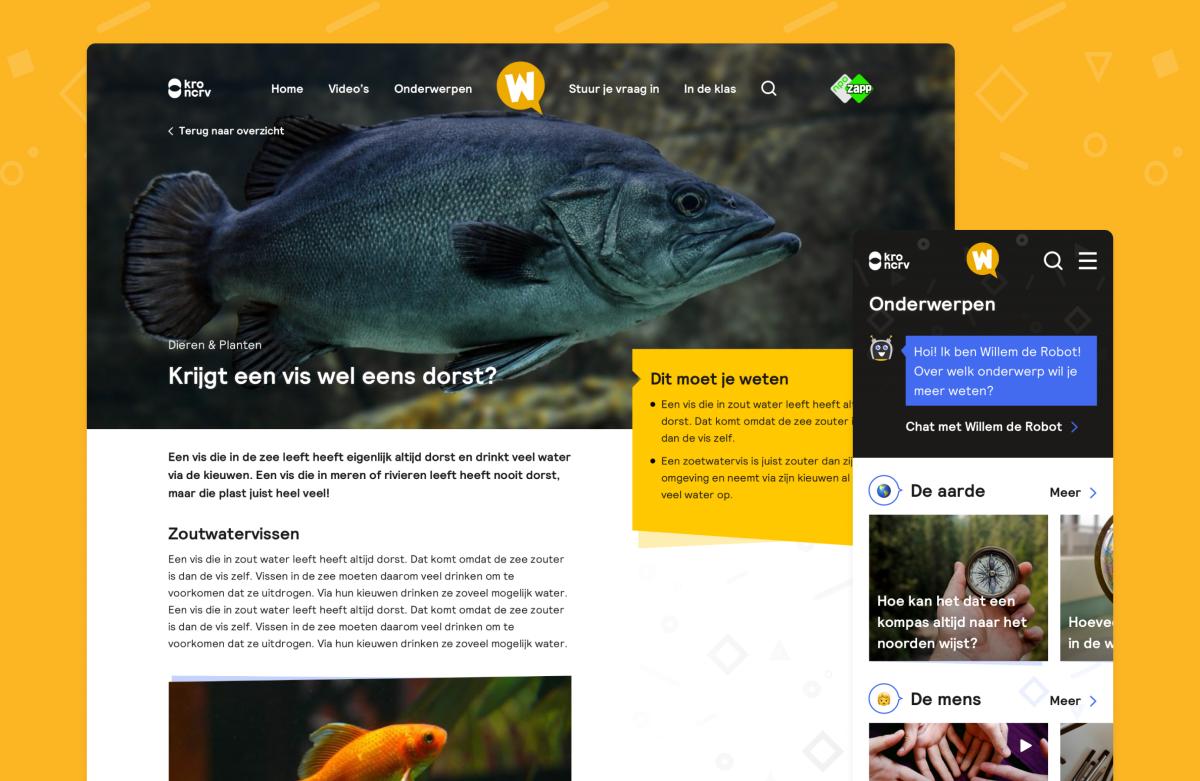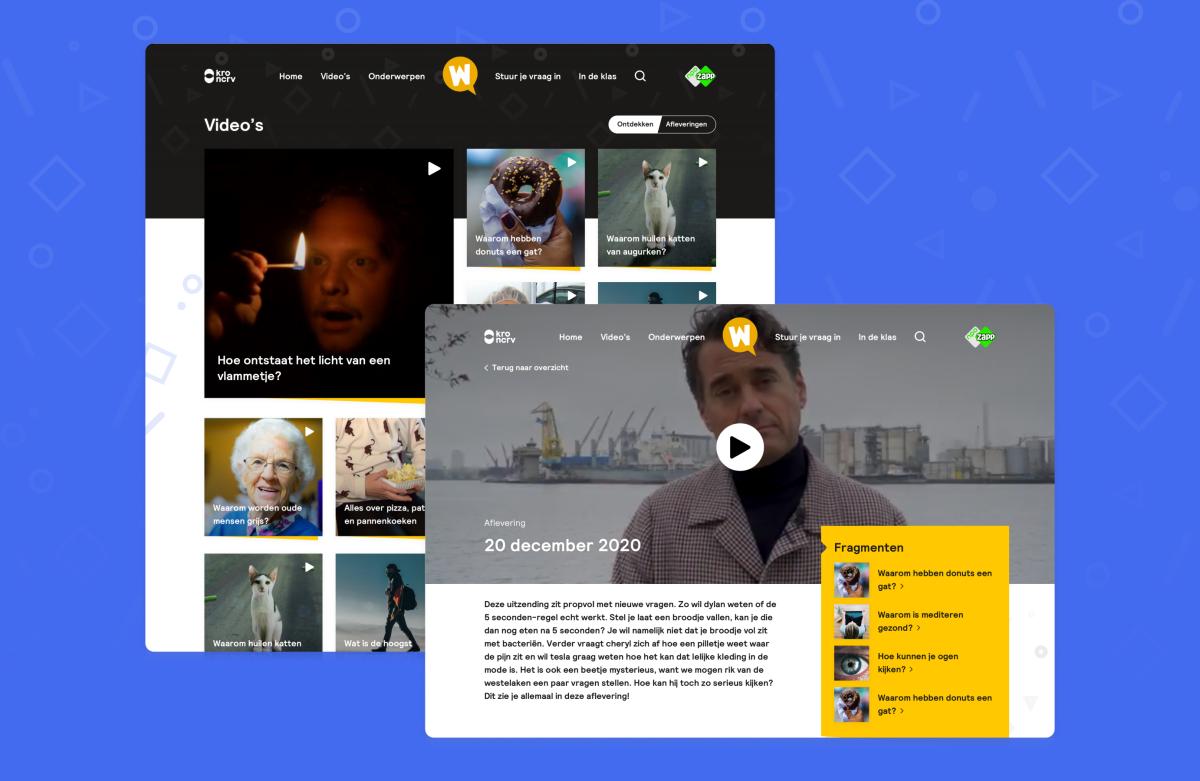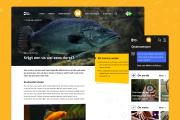Case description
Willem Wever is a well-known TV show amongst children aged 6-12 in the Netherlands. Kids usually have a lot of burning questions, which they can easily submit on the website. Together with the presenters of the show, the kids will try to find the answers to their questions. On the website, children can find all the questions that have ever been asked to Willem Wever, including the answers. This is what makes Willem Wever the most fun search engine in The Netherlands! The redesigned Willem Wever website was realized by Puurpxl in conjunction with LimoenGroen and KRO-NCRV.To improve findability, the questions are divided into different topics. Some questions, such as ‘How do countries get their names?’, also have various facts and games included. All the information on the Willem Wever website is not only fun but also educational. Schools and their teachers can use the information on the website in their classes.
Together with Willem Wever, we analyzed the former website, created personas, established top tasks and determined the main priorities. The personas and top tasks were validated with the statistics and additional user research. In doing so, we could base our UX and design decisions on data and create a data-driven design. Searching and inspiring are the two pillars on which the new website is based. One of the starting points of the redesign was that the new website ought to be fun for children, but not give them too many incentives. The target audience of Willem Wever is children who are in primary or secondary school. The use of YouTube is also included as one of the top tasks. Based on all of the top tasks, we created mobile first priority guides for the new website.
The design of the new Willem Wever website has web accessibility guidelines engrained. In doing so, the platform is now accessible by everyone which also improves Google rankings. Things like color contrast makes it easier for people to use the website, not only people who are visually impaired but also when using the platform from a smartphone outdoors. Fonts, lengths of sentences, font size and line height were carefully considered. Even the brand logo was evaluated.
Case goals and results
The first and foremost goal is to inspire and encourage children to ask questions and search for answers. On the new website kids can search for questions that have been asked to Willem Wever, divided into different topics. Willem Wever aims to be the most fun search engine in The Netherlands, one that you can actually learn from, and wants to become part of the curriculum in primary and secondary schools.The result is a new website and online search engine where children can find the answers to almost all of their questions. All of the questions on the website are divided into different topics, in order to make it easier for children to find a specific question. This also makes the website more organized. If children cannot find their question on the website, they can submit it with the help of Willem the Robot. You can also easily find both short videos and the episodes on the website. For schools and teachers, we created a separate landing page.
The website was developed with Drupal version 9. Content editors have much freedom in using paragraph types in order to create landing pages and content items. Even the homepage can be easily altered. All within the boundaries of the styleguide.
Challenges
The Willem Wever is an, in internet terms, old site but a lot of the content is still relevant for the current generation of young kids. One of the main challenges was to migrate all of the old content to the new website and search engine, meanwhile keeping the workload for the editors as low as possible. An example of this is the infinite scroll of related articles which was ported to the new environment.For the integration of episodes and video fragments the importer which connects to the NPO media database (‘POMS’) was extended to make it possible for editors to find and update all child fragments of an episode in the website without having to switch to the POMS system.
Community contributions
No community contributions were submitted during this project.Categories
Publishing/Media
Date when website went live
2 years 7 months ago
© Splash Awards Nederland 2023 - Terms of use - Privacy policy
